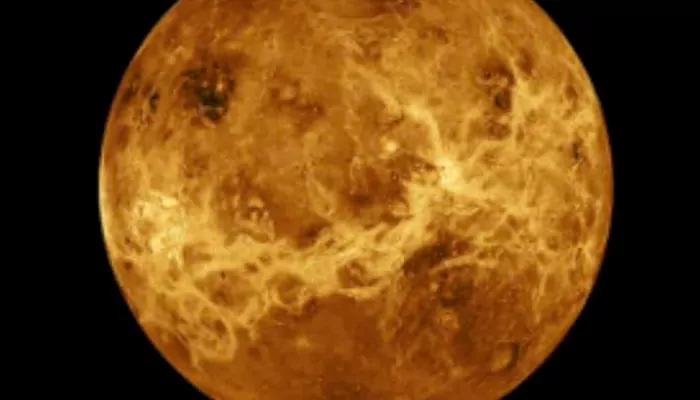
Here are today’s most important updates from the realm of Science and Space.
Always find youself excited with the news of satellite launch or spacewalk? To make you more excited, NASA is bringing space exploration directly to your home screen. NASA announced a landmark partnership with Netflix to stream its NASA+ live programming directly to the streaming giant’s 700 million global subscribers starting this year. The collaboration will allow viewers to watch live rocket launches, astronaut spacewalks, mission coverage, and real-time, high-definition views of Earth from the International Space Station (ISS)—all from the comfort of their own homes or on the go. The move comes as Nasa seeks to expand its digital footprint and engage a new generation of space enthusiasts in a rapidly evolving media landscape.

The Himawari-8 and -9 meteorological satellites have been successfully repurposed to observe changes in Venus' cloud-top temperatures, revealing unseen patterns in atmospheric waves. Monitoring the temperature variations in Venus' cloud tops is crucial for understanding its atmospheric dynamics, which include thermal tides and planetary-scale waves. Ground-based observations have limitations due to Earth's atmosphere and sunlight during the daytime. This study successfully opened a new avenue for long-term and multiband monitoring of solar system bodies. These precious data will be considered gold standard for Venus science because there might not be any other spacecraft orbiting around Venus until the next planetary missions around 2030.

Climate change and habitat loss are poised to drive over 500 bird species to extinction within the next century, according to a recent study, which highlights to the severity of the threat, revealing that this number is three times greater than all recorded bird extinctions since 1500 CE. Notable species such as the bare-necked umbrellabird and the helmeted hornbill are among those at risk, with their loss expected to significantly impact ecosystems reliant on these birds for essential functions. The findings indicate that stopping habitat destruction would save the greatest number of birds overall. However, reducing hunting and preventing accidental deaths would be pivotal in preserving birds.
¡INCREÍBLE! ¡El desierto de Atacama, el más árido del mundo, está NEVADO!🤩😱🥶 pic.twitter.com/a0bN22J56R
— Observatorio ALMA📡 (@ALMAObs_esp) June 26, 2025
(Credit: X/@ALMAObs_esp)
Nestled between the Andes Mountains and the Pacific Ocean, the Atacama Desert has earned the title of the driest place on Earth. The desert only sees rain a few times per century, or in some reaches of the Atacama, rain has never been recorded. But something extraordinary happened on June 25. According to the scientific observatory Atacama Large Millimeter/submillimeter Array (ALMA), temperatures reached 10 degrees Fahrenheit and heavy winds blew snow on the Chajnantor plateau. In winter, some storms are fueled by moisture from the Pacific, which can extend precipitation even to the Atacama Desert’s coastal areas. In this case, an unusual “cold core” moved across northern Chile and was accompanied by heavy rainfall further north. Scientists are yet to confirm whether this particular weather event was the result of larger climatic change.